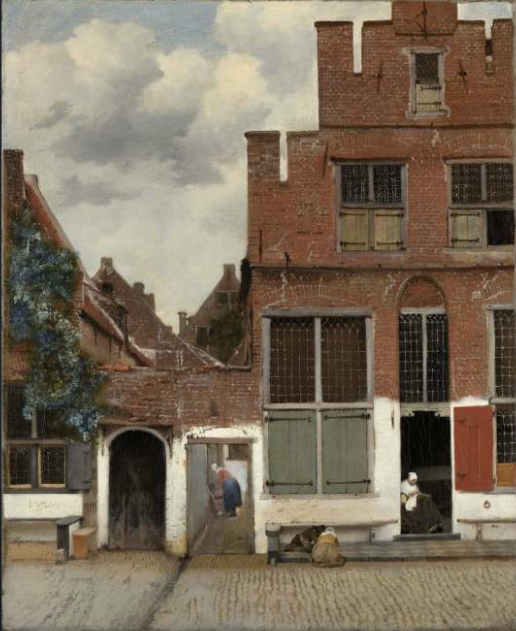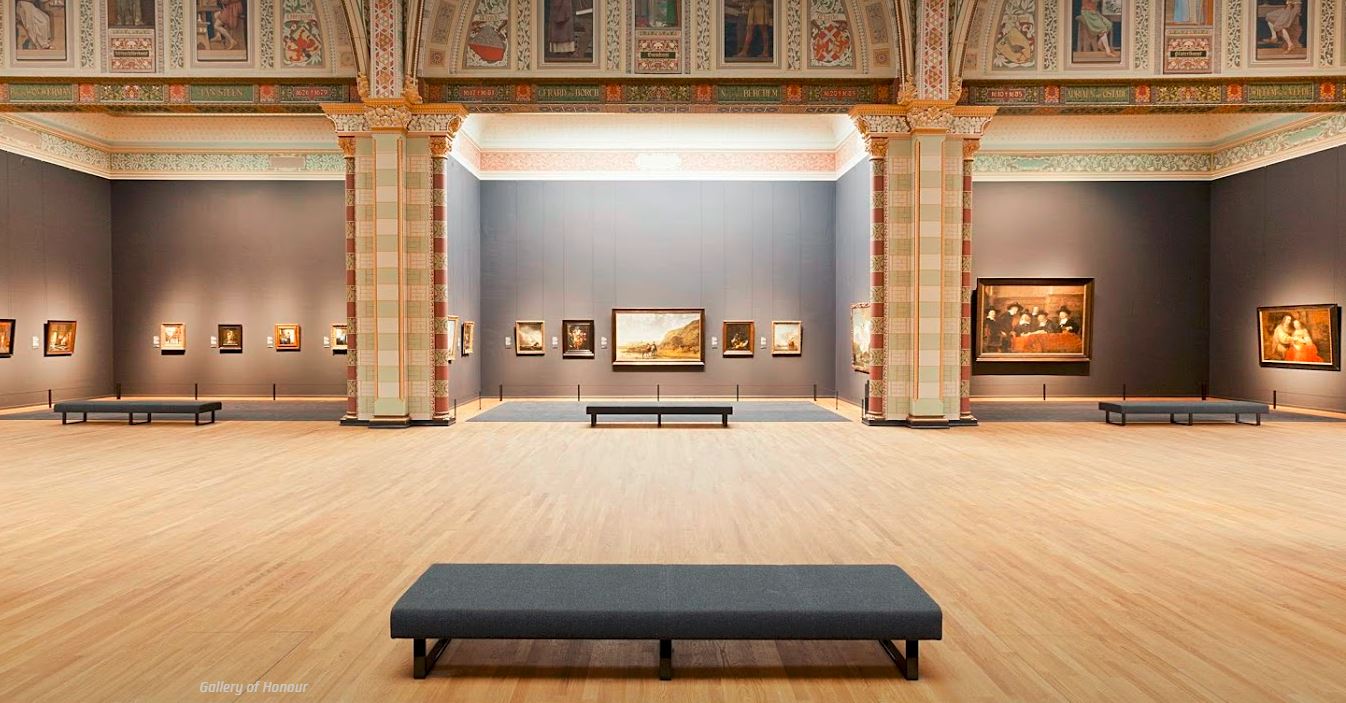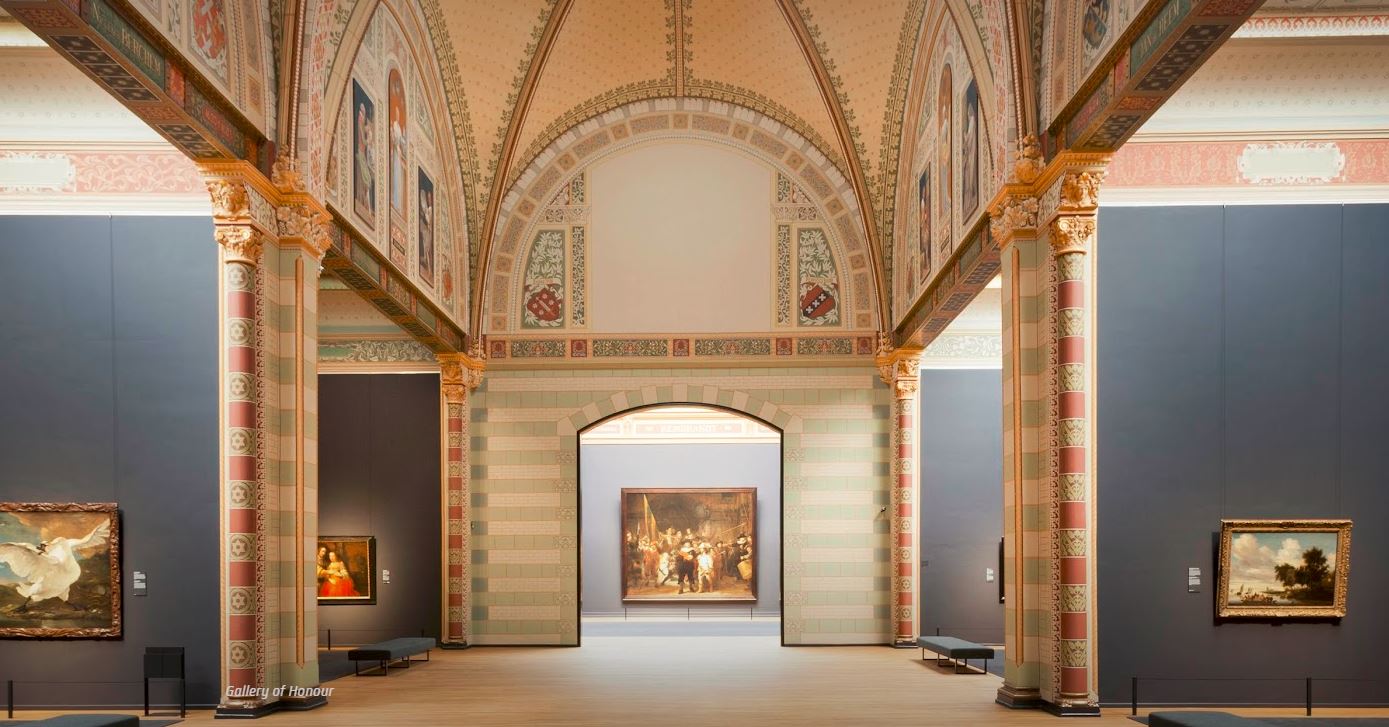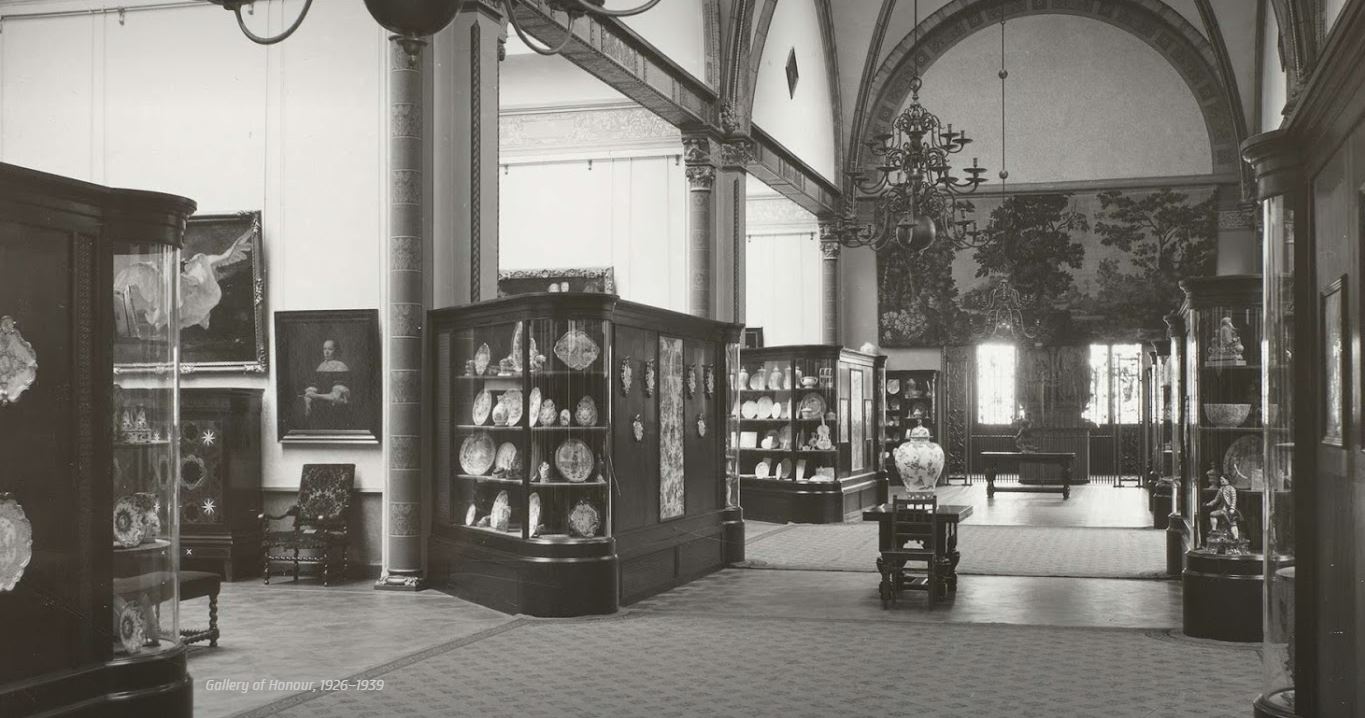We are so happy to have Marcel guest post on a topic we feel so strongly about. The reason we made this site was to create a space that tracks our history as a path forward to understanding our future - we so agree with his sentiment that visual images from our past enhance our lives today.
"Whenever I think about the 17th century masterpieces that emblazon the walls of the Rijksmuseum’s Gallery of Honour, a deep sense of pride envelops me. Forming the heart of the Rijksmuseum, this sacred hall contains works by Dutch painters like Rembrandt, Van Ruysdael, Steen, Hals and Vermeer. I have a profound appreciation for the outstanding cultural heritage these artists represent and their timeless significance to our world. More than a museum for historic education, I believe the Gallery exists to elevate the Dutch spirit and serve as a manifestation of how all people can be creative.
Walking though the Gallery, I find myself captivated by the transcendence of each piece, and I am reintroduced to the foundations of my own passion. It is with deep gratitude that I connect to the painters in the Gallery on a visceral level. I feel their drive to create. Their struggle and their dedication to fellow creative people resonates with me. Being moved by the Gallery in an emotionally intense way is an unparalleled, meaningful experience that I very much want to share in my own creations. Much like the work enshrined in the Gallery, design has the power to extend human connection and generate excitement for our ordinary days to be made more special. Whether it is one of the pieces celebrated in the Gallery, or something I am designing, the goal is the same – to allow those who experience it to connect with it in the most meaningful way.
The entire collection of Rijksmuseum’s Gallery of Honour inspires me. I love Rembrandt for the majesty he brought to his work. But to me, Vermeer represents a wild serenity that makes me long for far more than the few paintings he has made. The interiors he painted look like they could be in use today and are absolutely magic. The way he plays with light, the same light you can still see in Dutch homes, creates a great sense of space and texture. Rembrandt’s use of light is different, his paintings heralded impressionism. Without the language to define it, he had already discovered its essence.
To me, neither Rembrandt or Vermeer is more significant than the other. Yet, today’s design world is fundamentalist and the dominant ideology is modernism. One of the most important dogmas of modernism is that the past is irrelevant to the future. Only the new, the rational and the functional are recognised and celebrated. However, this creates a disposable culture. Nothing ages as quickly as the new. If modernism considers the past irrelevant, what does that mean tomorrow for the things we create today?
The Gallery of Honour is not simply a place to where we can look at beautiful paintings, but serves as an invitation to search for the creativity within ourselves. It is exactly what I try to do with everything I design. It encourages me to do my part in creating a fuller, richer life for others which begins with the purpose of uplifting the human spirit."






